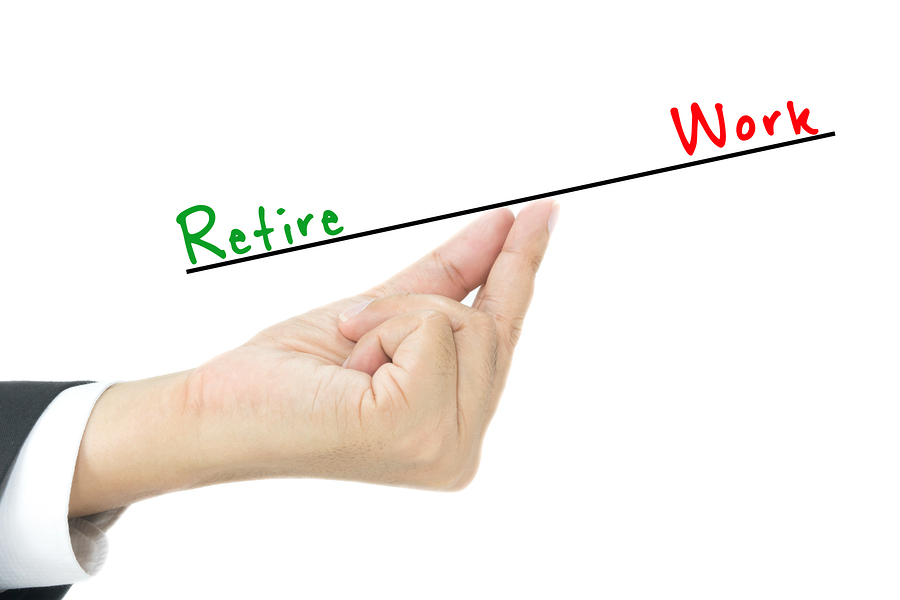 If you’ve ever dived head first into freezing water or jumped into a hot spring, you know that extremes in temperature can cause a shock to the system. Sometimes it’s best to just ease in bit by bit if you want to remain as comfortable as possible. The same can be said about retirement. According to a survey conducted by the Transamerica Center for Retirement Studies, 64 percent of workers would like to enter their golden years in stages, slowly making the transition from full-time to part-time employment before collecting their final paycheck. If this type of opportunity appeals to you as well, consider the following questions and answers.
If you’ve ever dived head first into freezing water or jumped into a hot spring, you know that extremes in temperature can cause a shock to the system. Sometimes it’s best to just ease in bit by bit if you want to remain as comfortable as possible. The same can be said about retirement. According to a survey conducted by the Transamerica Center for Retirement Studies, 64 percent of workers would like to enter their golden years in stages, slowly making the transition from full-time to part-time employment before collecting their final paycheck. If this type of opportunity appeals to you as well, consider the following questions and answers.
What are the benefits of a phased retirement?
Because phased retirement programs allow you to gradually reduce the hours you are working, they ease the transition between paycheck and no paycheck as well as work time and free time. This allows you to determine if you’re actually going to enjoy life without a job. It also allows you to test out a lower-income budget. And you get to do it all while still maintaining your social ties at the office.
Ultimately, phased retirement will keep you in the workforce longer. It may enable you to postpone tapping into your retirement savings or drawing Social Security. This decreases your chances of outliving your money.
Will my employer give me this option?
According to the Society for Human Resource Management, only 13 percent of U.S. businesses offer a phased retirement option. In 2014, 4 percent were formal programs, while 9 percent were informal opportunities.
The government recently implemented a phased retirement program for federal employees. Eligible federal workers began submitting applications for the program last fall. They are allowed to work 20 hours per week at their normal hourly pay rate as well as draw half of their retirement annuity. If they choose phased retirement, they must set aside at least 20 percent of their work week for mentoring other employees.
If the government’s program is successful, it is possible additional employers will follow suit. Many already fear losing large numbers of Baby Boomer workers without enough adequately trained replacements standing by. In fact, a 2011 survey of human resource directors conducted by the AARP found that 65 percent want to keep older workers on as part-time staff or consultants. They’re also very interested in developing knowledge transfer and mentorship programs (53 percent).
What else do I need to know?
Depending on your situation, a phased retirement could come with financial consequences in addition to a gradually decreasing paycheck. For example, if you have a pension, future benefits may be tied to your salary. You’ll need to find out how payments are calculated under your plan and if working fewer hours will reduce your payout.
Health insurance could also become an issue. If you enter phased retirement before you turn 65, you’ll be ineligible for Medicare. Unless your employer chooses to allow you to continue your work healthcare policy, you’ll have to obtain coverage some other way.
While using a phased retirement program to work longer and postpone dipping into savings may be a wise move, it doesn’t eliminate the need for careful financial planning. Whether you’re interested in a phased or traditional retirement, we are here to help. Please don’t hesitate to contact us with any retirement planning questions you have.

